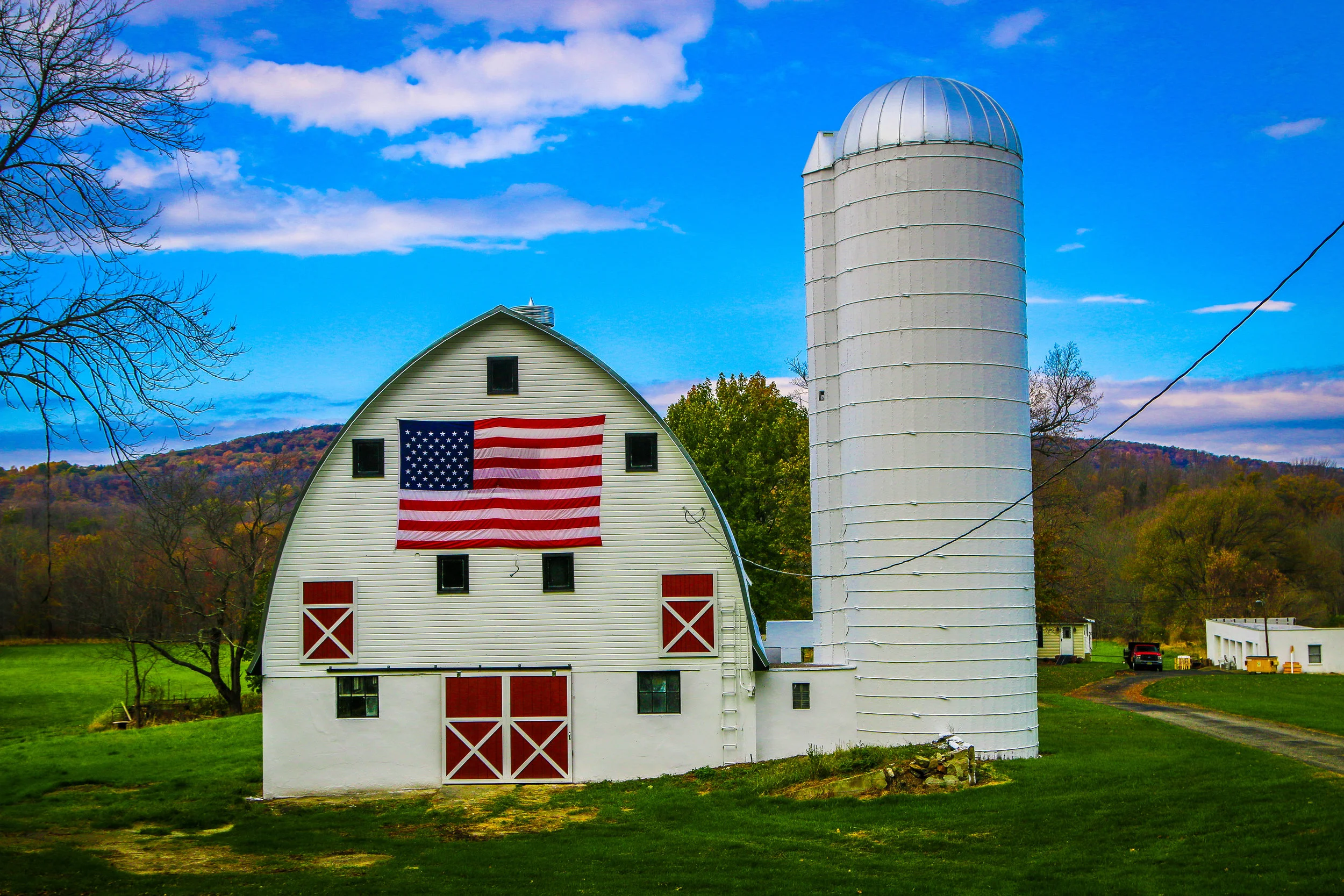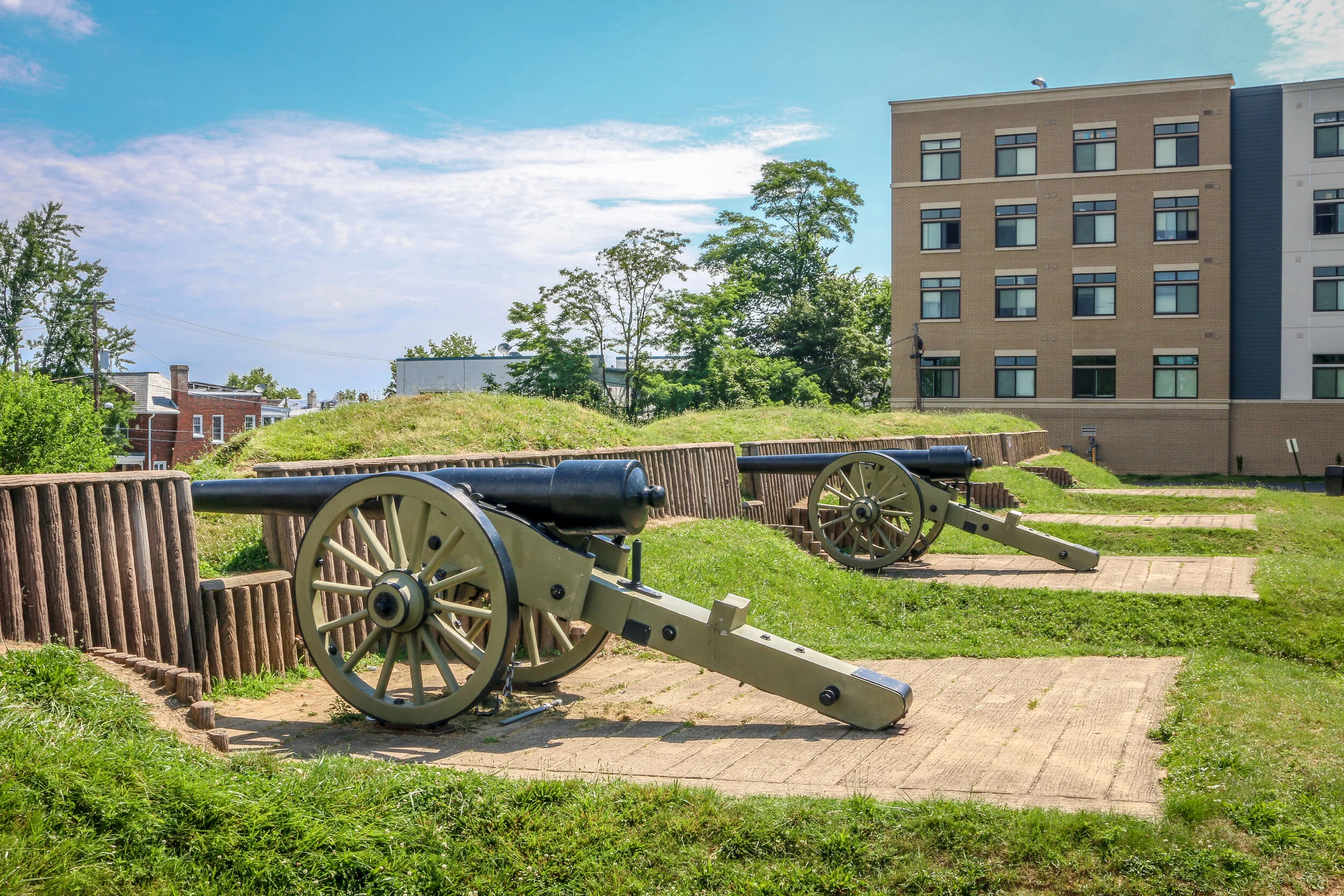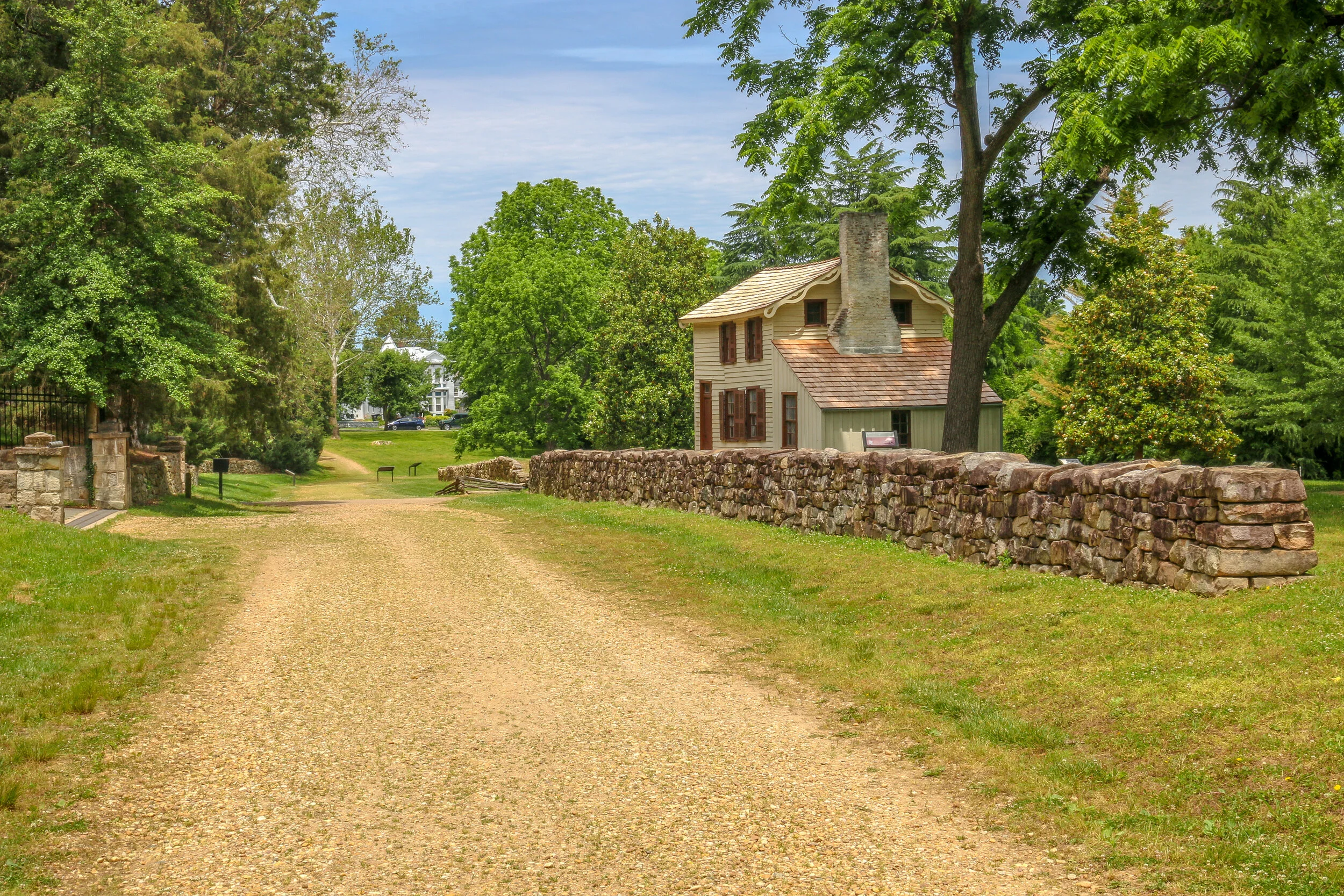It’s time. It’s actually long past time for these monuments to come down across the South. When I say these monuments, though, I’m speaking very specifically. I don’t personally believe that all traces of the Confederacy should come down although I don’t believe that doing so would in any way erase history. History is history and no monuments or statues can change it. Many of these monuments, though, were put up not in tribute to fallen soldiers but specifically to support a platform of white supremacy, and that is a history that should be told too. In fact, that is an even more crucial topic for people to learn about if we want to move forward as a nation. But either way, statues to Confederate generals put up in prominent parts of town as hero’s monuments have no place in 2020 America. It’s time for them to come down.
The Civil War was a horrific chapter in our nation’s history which caused the deaths of over 600,000 people. Many of those soldiers’ bodies never came home and are either buried where they fell or among the thousands upon thousands of “unknown” graves around the country. I believe that no matter what their beliefs were, every mother has a right to bury her child and in this case, that wasn’t often possible. Many of the Civil War memorials around the South are depictions of a simple foot-soldier with the names of those soldiers from that town who went to fight in the war. We must also understand that many young men were drafted into the war and did not join of their own free will. Many joined to defend their towns and villages which were most certainly in harm’s way. Many were teenagers who couldn’t have possibly known or understood the larger implications of the war. Most didn’t own slaves. Before I go any further I want to make two things abundantly clear. First, I hate slavery with every bone in my body. I don’t think that owning another person has ever been right in the entire history of the world. Second, I am completely aware that slavery was the primary cause of the Civil War insomuch as had there been no slavery, there would have probably been no war. However the idea that the war began as a noble cause on the part of the abolitionist Northerners to end slavery is simply not true. I wish it was because then I could condemn all Confederates who took up arms and the men who led them. But I know too much about the war to believe that and feel too strongly that too many young men simply got caught up in the war and died too young. So I say let those local memorials stand, but every one of them should be removed from town centers and in front of county courthouses and placed respectfully and with dignity in the local cemeteries. It’s time to bury the dead.
As for these big statues which are coming down now, I know this may be unpopular, but I do respect them as both art and history and I think there is a place for them on the Civil War battlefields of the country. I’d like to see them placed in the hands of the National Park Service which will properly interpret them as to how, why and by whom they were originally erected, who they represent and why they were removed to the battlefield. As for those memorials which were specifically commissioned as a response to Brown vs. The Board of Education or similar hallmarks of progress in Civil Rights, I’d like to see a select few collected to interpret that time in our history and the rest smashed to pieces and used as the foundations to new memorials to the men and women who led that movement.
The photos below come from a recent visit to Fort Stevens in Washington D.C. - site of the only battle fought inside D.C. during the Civil War, and of Battleground National Cemetery up the street. The final photo came from Grace Episcopal Church in Silver Spring, MD. Civil War Chronicles will trace the major battles of the Eastern Theater of the war through photos and brief histories.
After overcoming Union General Lew Wallace and his men at the Battle of Monocacy on July 9th, 1864,, Confederate General Jubal Early continued his march towards the Capital of Washington D.C. The Confederate soldiers made the march in two days. Thankfully, Wallace had delayed the Confederates long enough for General Grant to send reinforcements via steamship from Richmond who soon took up position in the northern section of the circle of forts surrounding the city. Fort Stevens guarded the 7th Street Pike, one of the main roads into the city (now Georgia Avenue).
The armies exchanged fire on July 11th and 12th, but Early felt the city was too heavily defended to mount a full scale attack. Both sides lost men in the skirmishing, but casualties were relatively light by Civil War standards. Notably, President Abraham Lincoln came to Fort Stevens on July 12th with his wife, Mary. The two came under fire, the only time in American history that a sitting president was in the direct line of enemy fire. A memorial stone on the parapet marks that location today. That evening, Early would withdraw his men through Maryland and cross the Potomac back into Virginia, marking the end of the final Confederate attack into the North. They paused briefly en-route to bury 17 of their dead comrades at Grace Episcopal Church in Silver Spring…
The photos below come from a recent visit to Fredericksburg and Spotsylvania National Battlefield Park, which also includes the Battles of Chancelorsville and The Wilderness. Civil War Chronicles will trace the major battles of the Eastern Theater through photos and brief histories.
It had been almost a year since the horrific battle of Gettysburg, and in the interim President Lincoln had turned command of the Union Army over to General Ulysses S. Grant. Grant would lay out a plan to attack the confederacy on many fronts including Sherman’s march towards Atlanta and an attack on Mobile, and Grant himself would ride with General George Meade’s Army of the Potomac. Their goal was to bring the war back to Virginia and keep the pressure on General Lee and his Army of Northern Virginia. This Overland Campaign would be a war of attrition and would bring the war to new levels of horror but ultimately lead to Lee’s surrender at Appomattox.
On May 4th, 1864 the Army of the Potomac crossed the Rapidan River and engaged Lee’s army in an area called The Wilderness. Apparently the area today bears little resemblance to what it did at the time when new growth underbrush made movement difficult, artillery less effective and confusion the norm. Fierce fighting took place on the scattered farms in the area which allowed for some open space in which to maneuver, but most of the battle took place in the dense forest. On May 6th, the Union Army had taken the upper hand and Lee’s men were in grave danger of being overrun on the widow Tapp’s farm. In a scene from the movies, Longstreet’s reinforcements arrived at just the right moment and Lee was prepared to lead them into battle himself, but the Confederates wouldn’t allow it and moved him quickly to the rear. After two days of heavy fighting neither side had gained a decisive victory. Unlike his predecessors, Grant didn’t pull back but rather pushed forward, ordering a night march towards the town of Spotsylvania Court House. His plan was to get between Lee and the Confederate Capital at Richmond. Sensing this move, Lee ordered his men to move that night as well.
The Battle of Gettysburg which took place from July 1st-3rd, 1863 would be the bloodiest battle of the Civil War. 170,000 men would clash over those three hot days in July and over 50,000 would end up dead, captured, wounded or missing. While both armies were looking for a fight, neither expected it to be in this tiny Pennsylvania town.
After his dramatic victories at Fredericksburg and Chancellorsville, General Lee decided to once again push north into Union territory. He wanted a decisive victory on Northern soil to try and force President Lincoln to the negotiating table. Lee marched his Army of Northern Virginia north, crossed the Potomac River and moved through Maryland and into Pennsylvania. The Union’s Army of the Potomac, still under the command of General Hooker, pursued. By the end of June, General George Meade had replaced Hooker at the helm…
The photos below come from a recent visit to Gettysburg National Battlefield, the site of the bloodiest and most well known battles of the war. Civil War Chronicles will trace the major battles of the Eastern Theater through photos and brief histories
It’s been a warm week here in D.C. – summer has definitely arrived. I’ve had some nice days to get out and explore the city this week, but also some hot and humid ones and a few epic thunderstorms as well. It’s been a long time since I’ve experienced summer in our nation’s capital, and there are definitely pluses and minuses. I will say that the lack of traffic anywhere at any time makes the heat of summer a little more tolerable. As I’m sure I’ve mentioned before, that lack of traffic definitely makes for cleaner air and clearer skies – something my camera sees even more than I do. That is one of the plusses of the situation. We’ve been enjoying some summer fruit too, which is one of the best things about summer anywhere. We’ve had beautiful cherries, watermelon, strawberries and others and I’m looking forward to peaches very soon.
Last Friday my stepfather made some wonderful homemade pizzas and we sat in the basement and played some games and listened to some music while we chowed down on a couple of pies. It was another great Forget-About-It Friday, which we are grateful for. This coming week we will tap our homebrew and see how it turned out, and begin our next batch as well – an American Cream Ale. I’m looking forward to having a taste and to keeping the brewing going while I’m home. It’s fun and there’s a (hopefully) fine finished product at the end. After the cream ale, I want to try something a little more complicated now that I’m getting my brewing confidence back up.
The rest of the weekend was pretty quiet. My mom spent Saturday cooking up a storm and we had a wonderful dinner on Saturday night as well. Sunday I spent some time reading my new (to me) book about the Gettysburg Address which I’m really enjoying. I also got some photos edited and published from our trip to Antietam last week, and got some writing done as well. It was a pretty relaxing weekend all around, but it felt good to accomplish a few things along the way.
After being turned back south after the Battle of Antietam, Confederate General Robert E. Lee marched his army back to Virginia. Union General George McClellan was replaced by General Ambrose Burnside to command the Army of the Potomac, and President Lincoln urged Burnside to pursue the Army of Northern Virginia deep into the state and attack the Confederate Capital at Richmond. The major obstacle lying in their way was the Rappahannock River.
Burnside arrived at Stafford Heights overlooking the river and the small town of Fredericksburg in mid-November, 1862. He had sent orders to have pontoons at the ready to provide a means of bringing his army rapidly across the river. Tragically for Burnside and his men, the pontoons didn’t arrive for several weeks. Instead of crossing the river in boats or rafts, he chose to wait for the pontoons. By the time they got there, Confederate troops had dug in on the high ground south of the city called Marye’s Heights and behind a stone wall along a sunken road to the front of this position.
Union engineers worked through the night of December 10th to assemble the pontoon bridge, but their progress was slowed by Mississippi sharpshooters in town. A small group of Union soldiers crossed the river in boats and fought a battle to secure the streets of the town. They finally secured the town in late afternoon on the 11th, but it was winter and the daylight soon gave out. The bridge would be completed and most of the army would cross it on December 12th.
The Battle of Shiloh took place on April 6th and 7th, 1862 in the woods near the Tennessee River just north of the Mississippi border. The battle takes its name from a log church which was there at the time and built by the settlers in the area. The word ”Shiloh” sadly comes from the Hebrew for “Place of Peace”, but in our history it will forever be remembered as a place of terrible, bloody conflict. The Union was moving down the Tennessee River with the hopes of capturing and controlling the Mississippi River Valley. One of the keys to that goal was the important railroad crossing in nearby Corinth, Mississippi, which linked the Mississippi and Charleston and the Mobile and Ohio Railroads. The first was the only rail link between the Mississippi River and the Atlantic Ocean. After a decisive victory at Fort Donelson and the subsequent falls of Nashville and Clarksville, the Union Army set their sights on Corinth, and the Confederacy rushed to reorganize and defend it…








